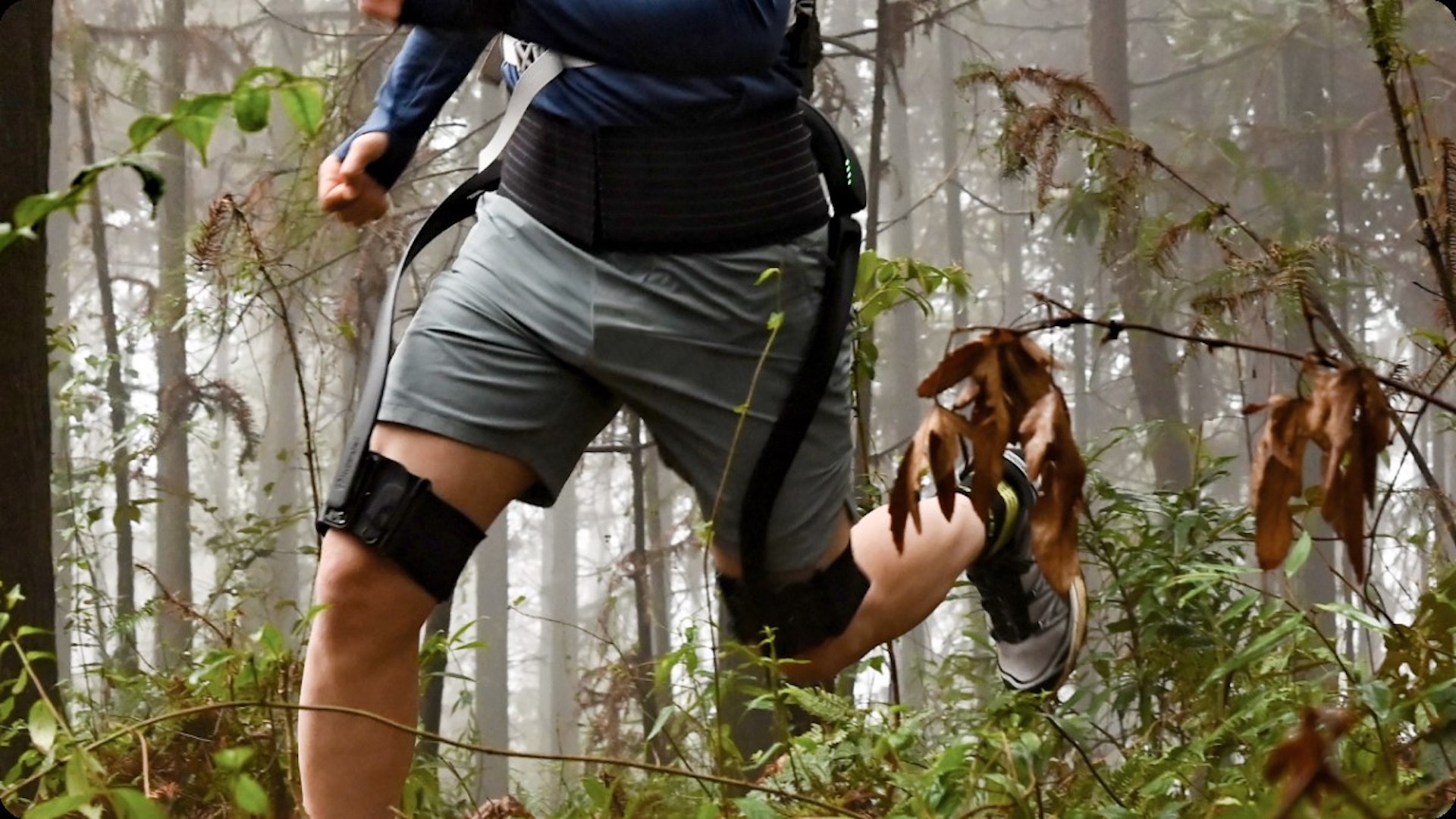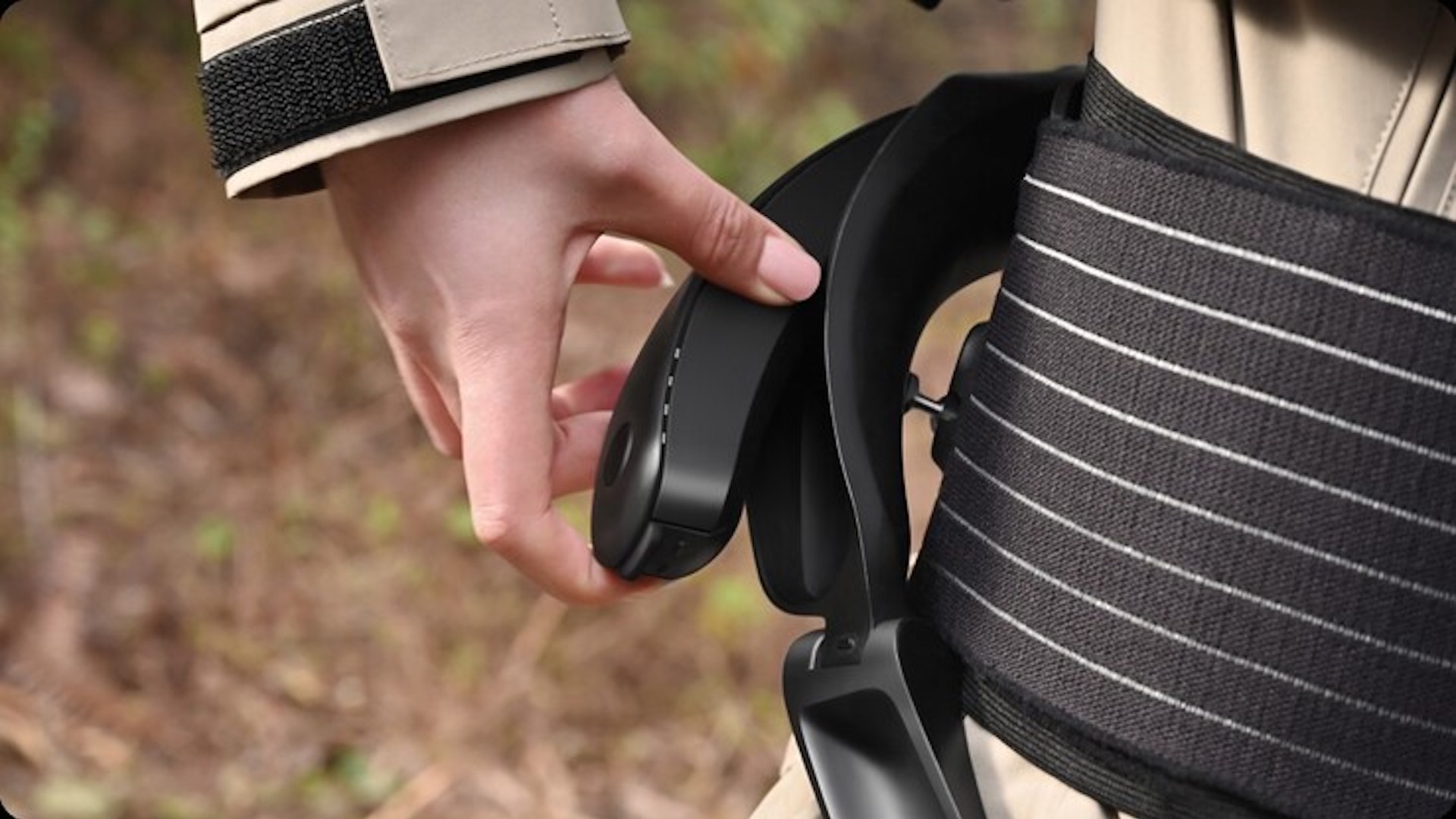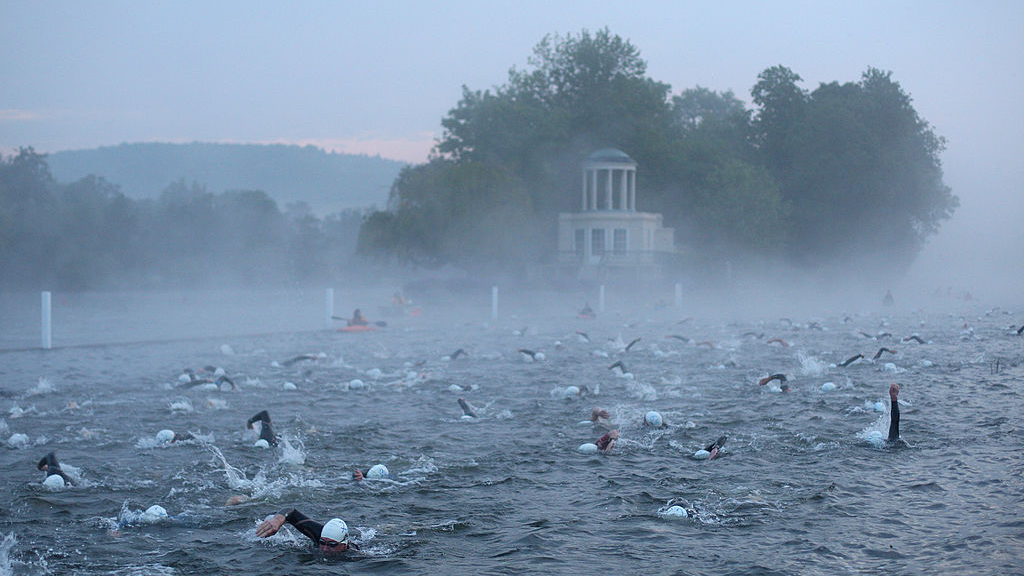The Hypershell Exoskeleton is finally here to power hikers uphill – and it's $3,700 cheaper than the Arc'teryx model
The Hypershell X Series consists of three different priced models and is available globally now

An exoskeleton is a bit like an e-bike for walking, helping to reduce strain and make the outdoors more accessible, and Hypershell's long-hyped exoskeleton series is finally here. Combining AI and robotics to enhance human mobility, the Hypershell X Series includes three different exoskeletons, available now.
The Hypershell X series consists of three robotic leg braces powered by an AI-controlled engine that responds to your movements to help boost your leg strength and reduce exertion when you're climbing hills.
The Hypershell Go X weighs 2kg (4.4lbs) and the company says it will reduce exertion by 20 percent and provide 7.5 miles per hour of speed assistance. It has a nine-mile (15 km) battery range. The Hypershell Pro X weighs the same as the Go, but claims to reduce exertion by 30 percent, offers 12.4 miles per hour of speed assistance and has a 10.8-mile battery range. The Carbon X has similar specs to the Pro but is lighter.

The Shanghai company says the series is aimed at hikers who want to trek faster while carrying heavy packs without tiring so fast. As we've previously reported, similar products such as the Arc'teryx MO/GO pants (which integrates the exoskeleton into a pair of hiking pants) can be invaluable for those with mobility issues who want to enjoy the outdoors. However, the main drawback with the MO/GO is the price tag – at $4,500, it's going to make most people think twice, to put it lightly.
In comparison, the Hypershell X series starts at $799, which will still make it the most expensive piece of hiking equipment you own, but it's still hardly more than the Arc'teryx Alpha Jacket.
The X Series is available now at Hypershell.
Advnture Newsletter
All the latest inspiration, tips and guides to help you plan your next Advnture!
Julia Clarke is a staff writer for Advnture.com and the author of the book Restorative Yoga for Beginners. She loves to explore mountains on foot, bike, skis and belay and then recover on the the yoga mat. Julia graduated with a degree in journalism in 2004 and spent eight years working as a radio presenter in Kansas City, Vermont, Boston and New York City before discovering the joys of the Rocky Mountains. She then detoured west to Colorado and enjoyed 11 years teaching yoga in Vail before returning to her hometown of Glasgow, Scotland in 2020 to focus on family and writing.

